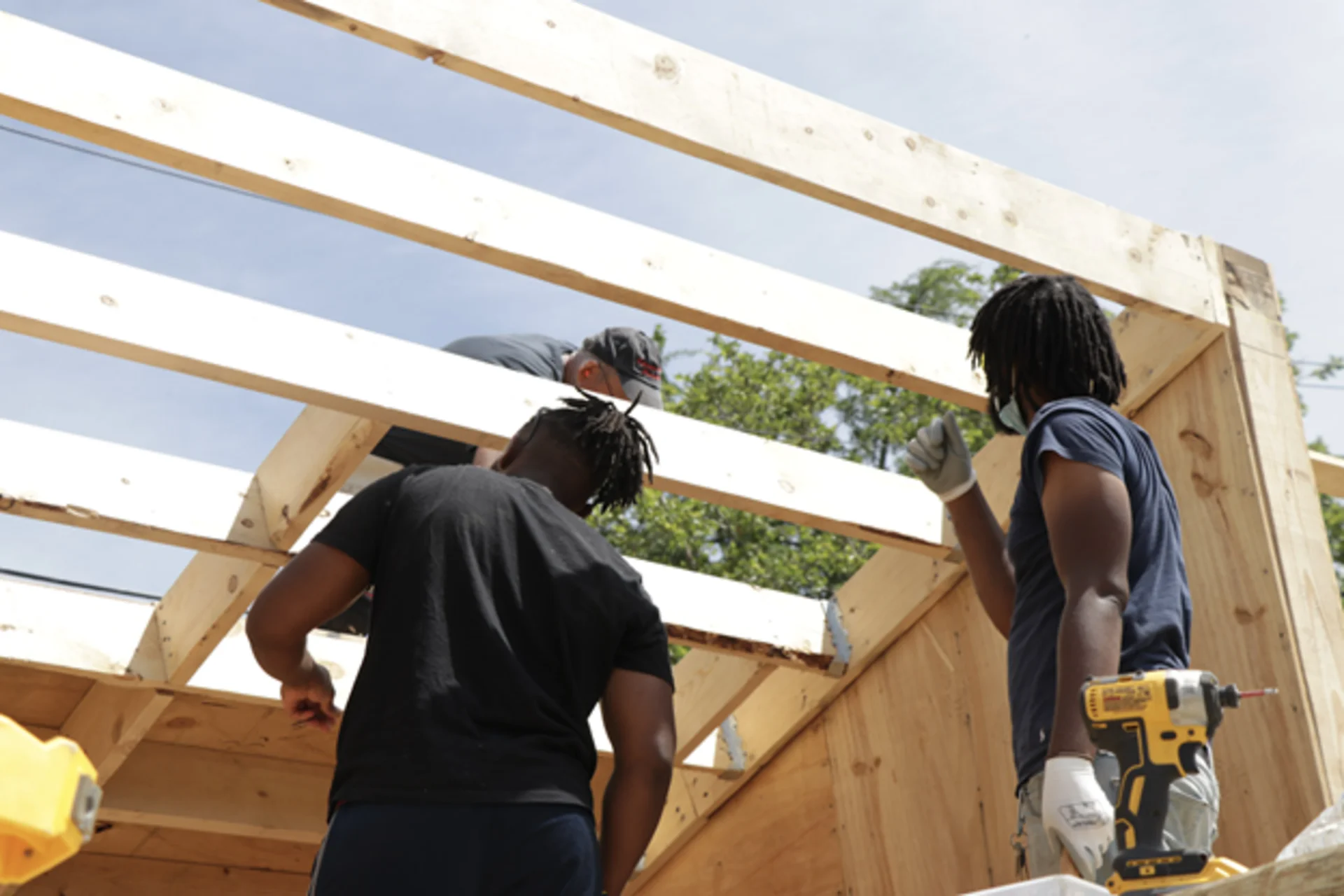Mastering how to texture walls is more than just adding eye-catching textures to flat surfaces. You can easily conceal any wall flaws using texturing techniques. Texture techniques save you the headache of doing a dozen little drywall repairs. As a result, the procedure is both a popular home improvement project and an art form.
When it comes to texturing walls, homeowners have a variety of creative options to enhance the visual appeal of any room. Not only does texturing add depth and character, but it also helps cover imperfections on wall surfaces. Whether you’re a DIY enthusiast or planning to hire drywall installers, knowing about the materials and techniques involved can help you make the best decision for your project.
A drywall installer can paint, finish drywall work and install various surfaces. They can also be referred to as drywallers or installers. Some of the easy and quick textures that your drywall installer can give to your house
The joint-taping compound is commonly known as drywall mud. It can be purchased at any home improvement store and used to simulate a stucco finish on walls. Even if you plan a DIY, you can get satisfying results with this practically fail-safe procedure. Working with a compound has a few advantages. One is that you can quickly start over if you apply too much or place it incorrectly. Usually, drywall installers use a trowel or a squeegee with indentations to apply joint compound.

The texture of drywall with an orange peel finish is similar to that of an orange peel. Before applying the texture, drywall experts prepare the walls to ensure a clean, smooth surface. Then, they use an air compressor, a drywall joint compound, and a hopper cannon with an air-adjustable valve. They pour the drywall joint compound into the hopper after combining it with water. Its consistency is similar to thick paint or soupy pancake batter. After deciding on a pattern, they spray a minimal quantity from the hopper to the sample material. To achieve the required texture on the wall, splatters of a compound should be applied in small amounts, exposing some of the primed drywall.
One of the most versatile materials used by any drywall installer is drywall joint compound. Also known as drywall mud, this compound is the foundation for most texture styles, from the classic orange peel to more artistic options like the skip trowel and stomp-knockdown. Drywall joint compound is popular because of its forgiving nature—it allows installers to experiment with patterns, and any mistakes can be smoothed out or reworked before the compound fully dries.
Drywall installers tilt a knife during compound application to create a “skip trowel” wall texture. Don’t be fooled: you’ll need a steady hand to accomplish this. Use a sea sponge roller and taping compound. Cover roughly 80% of the wall with the mix by rolling on. Gently polish the higher parts before the mixture dries. Skip trowel texture is ideal for quick and easy drywall repairs.
For those seeking budget-friendly options, easy drywall textures like orange peel or knockdown are excellent choices. These styles are not only simple to apply but also deliver professional-looking results with minimal tools.
The stomp-knockdown technique requires drywall experts to repeatedly strike a wall covered in a compound with a particular brush. With each blow, some of the mud slides away from the wall. The drywall installer follows up with a knife or paint scraper to remove unwelcome peaks before the compound begins to dry.

Several major paint producers offer a range of textured paints. These products function similarly to drywall mud. However, they need to be applied with more care because they are more difficult to remove.
When using textured paint, for instance, you must rush to cover the surface before the coat dries completely. Rigid lines may emerge where they connect if one area dries before you finish wrapping the next.
Drywall installers use other materials, such as tissue paper, rags, and deep-nap rollers, to achieve textures. In addition, you can experiment with texturing walls by applying the mixture with a regular paint roller and then removing some of the material you have used creatively.
Professional drywall installers bring expertise, precision, and consistency to texture application. Their knowledge of texturing walls ensures a uniform finish that blends seamlessly with existing surfaces. They also know how to properly mix and apply drywall joint compound to avoid cracking or peeling once the texture dries.
Drywall installation and repair work is fun. Installers try out different methods because the compound is forgiving in nature. Allow the mixture to dry completely before painting. Drying takes up to 24 hours, depending on relative humidity. Aim a fan at the wall surface you have been modifying. Or you could hire a drywall expert to do the work.
Read More:
Learn drywall framing at PTTI.Discover Program

Master the craft of drywall framing with training at PTTI.
